Introduction
For a few years now, I’ve been using a pair of Ruiden Riden desktop power supplies. They’re affordable, locally and remotely programmable, and generally pleasant to use.
In kit form, they usually include a metal case, a closed-frame power supply, and the Riden step-down module itself.
The two models I have — the RD6006 and RD6018 — can deliver up to 60V at 6A and 18A respectively.
Day to day, they mostly supply 3.3V, 5V, or 12–15V, typically outputting between 1–5W. One of them once provided 48V… but we don’t talk about that 😅.
The closed-frame supply in the 18A unit, in particular, loves to spin up its fan for no apparent reason. Often for long periods and under the lightest loads.
With a spare RD6006 on hand, I started wondering if it could be powered via USB-C. Using a suitable trigger board, for quieter day-to-day use.
USB-C Power
The USB-C Power Delivery (PD) standard supports up to 5A at 20V — that’s 100W — with the latest version extending this to 48V for 240W.
All USB-C ports begin by offering 5V, and higher voltages are then negotiated over the configuration channel (CC) pins. Normally, this negotiation happens automatically between devices, but for general-purpose power setups, “trigger” boards can handle the communication and request a specific voltage.
These boards are inexpensive and widely available, though many designs seem to prioritize fitting as many as possible onto a PCB panel rather than making them easy to mount.
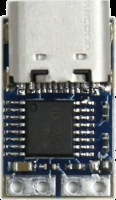

There are, however, some well-designed options — like Adafruit’s USB Type-C Power Delivery Dummy Board (Part No. 5991) — which includes mounting holes, DIP-switch configuration, and I²C support.
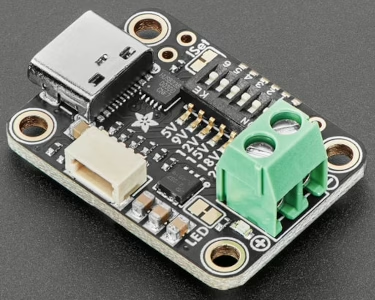
That board looked perfect — until I came across a Chinese-made alternative that checked all the boxes: USB-C, XT60, DC barrel, and screw terminal inputs.
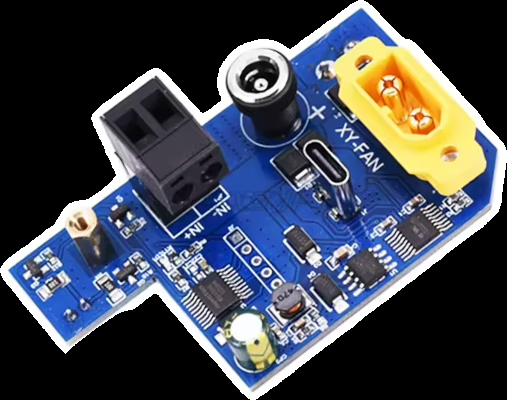
3D Printed Case
Ever since the USB-C power idea came to mind, I’d been searching for a case to house the RD6006 and its power input module. Eventually, I stumbled across Fonz’s RD6006 DC Power Supply Desk Case on Printables.
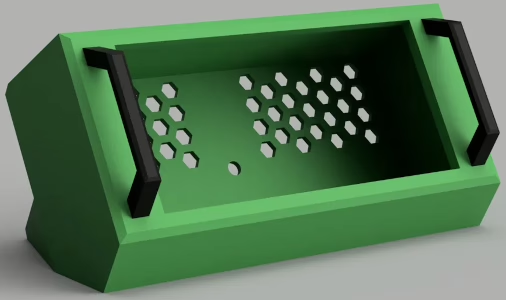
Although designed for a single DC barrel jack, it was easy to adapt. I made the case slightly deeper to fit the USB-PD board, rearranged the vents for better clearance, and adjusted the mounting faces so the RD6006 could latch securely — taking into account the front panel thickness and spring-tab depth. The result:
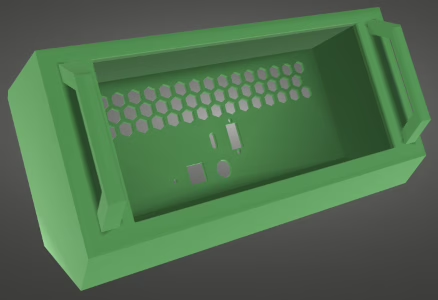
The case was printed in glass-fibre-reinforced ABS (ABS-GF), which is durable, heat-resistant, and has a pleasing matte finish that hides layer lines nicely.
I couldn’t resist capturing a timelapse of the print:
The small “forest” growing around the case is removable support material, added to help the top wall print cleanly. While the original design didn’t require supports, a PLA test print suggested they were worth including for a smoother finish.
Once fully assembled, I’m really happy with how it turned out.
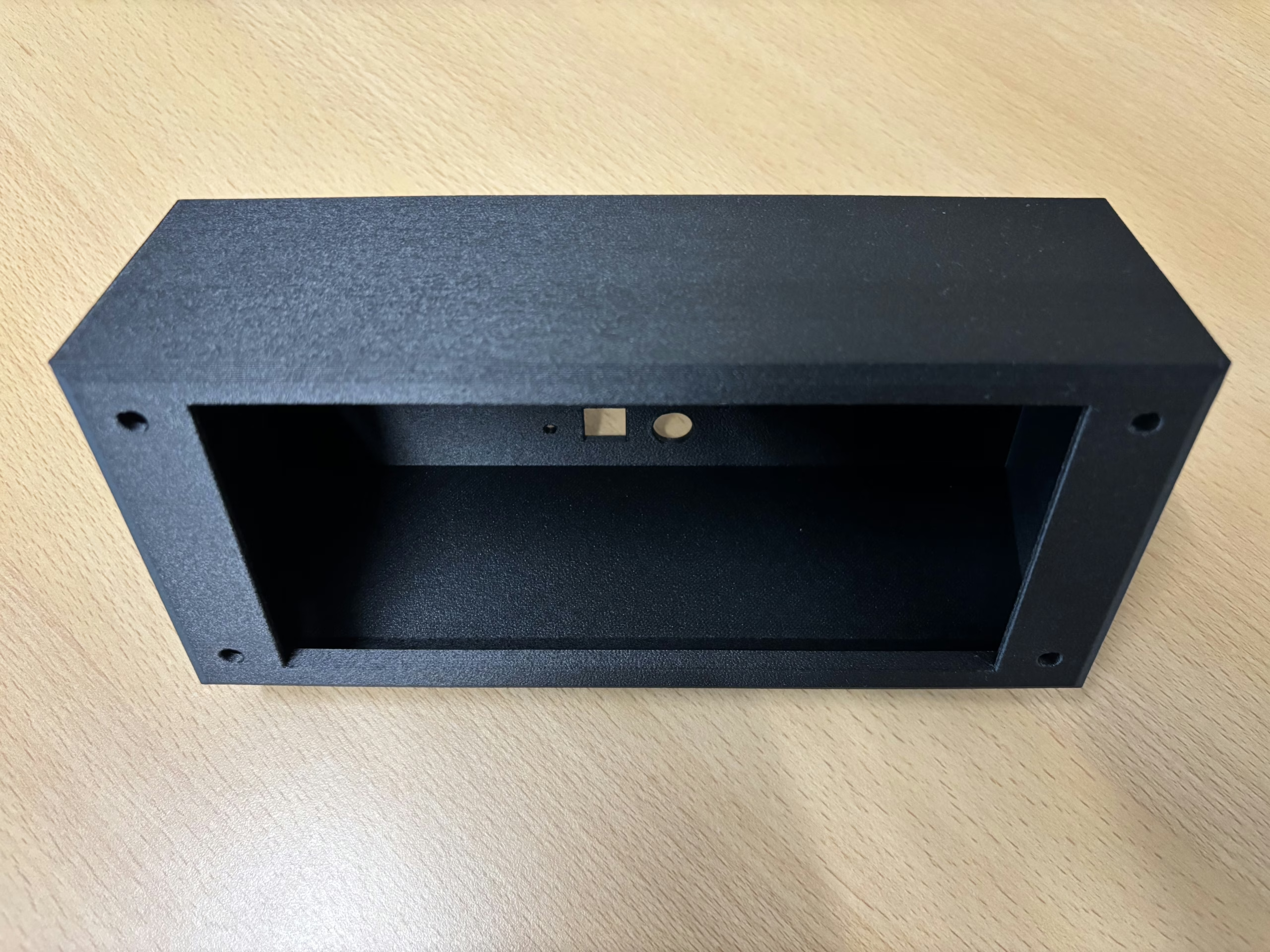
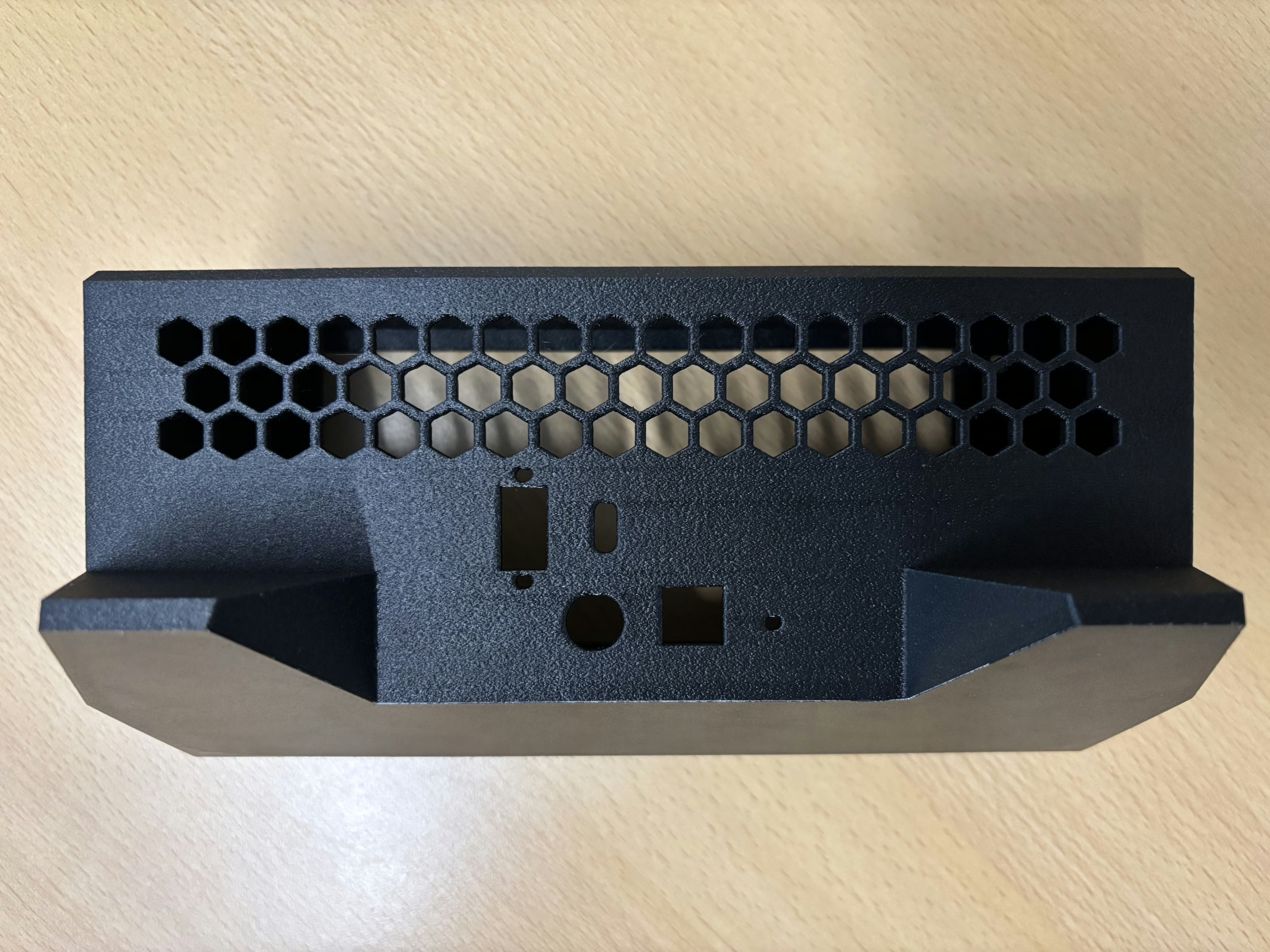
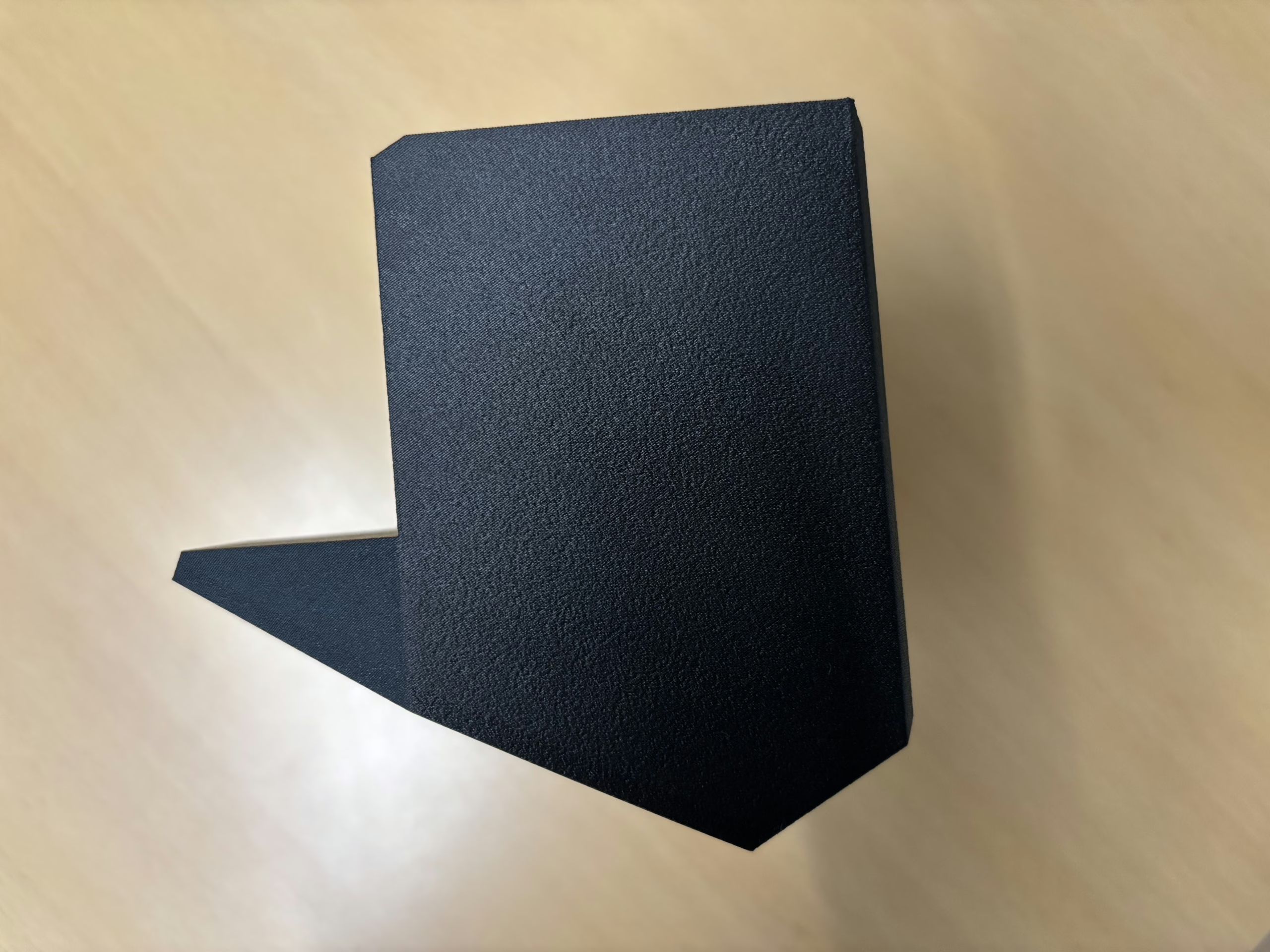
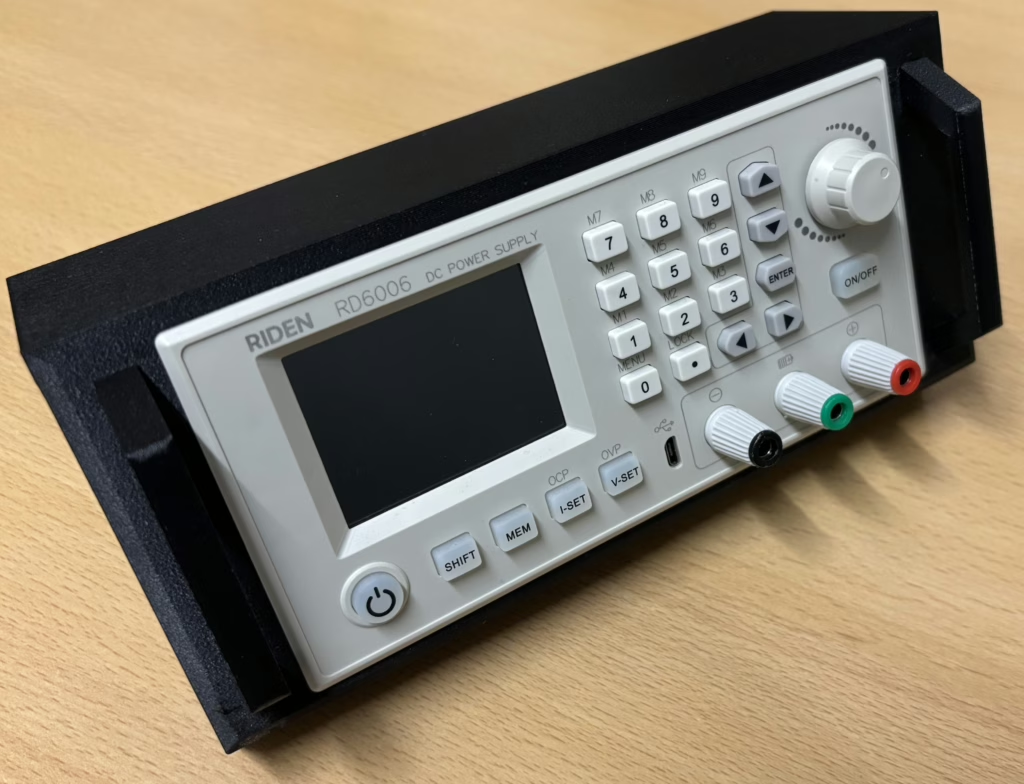
Conclusion
Overall, the project turned out better than I’d hoped. The RD6006 paired with a USB-C power input makes for a quiet, compact, and surprisingly capable bench supply for everyday use. No more random fan noise, no bulky power bricks — just a clean, flexible setup that fits neatly on the desk.
It’s a simple upgrade, but one that really improves day-to-day usability. I’m already considering building a second unit — because once you’ve gone silent USB-C, it’s hard to go back.
The design files for this project are hosted on MakerWorld.

Leave a Reply